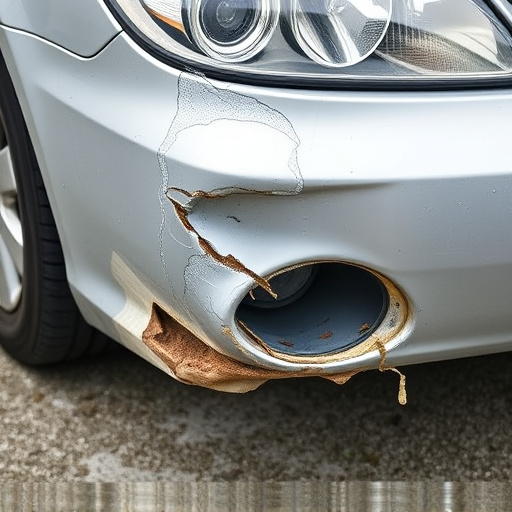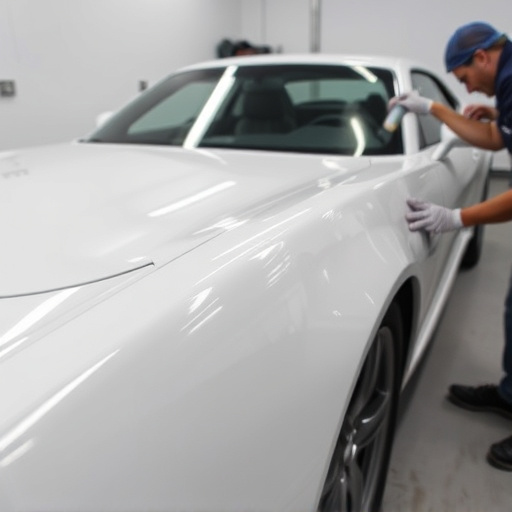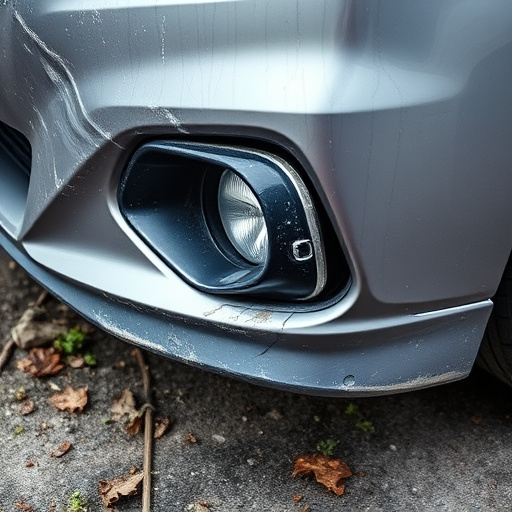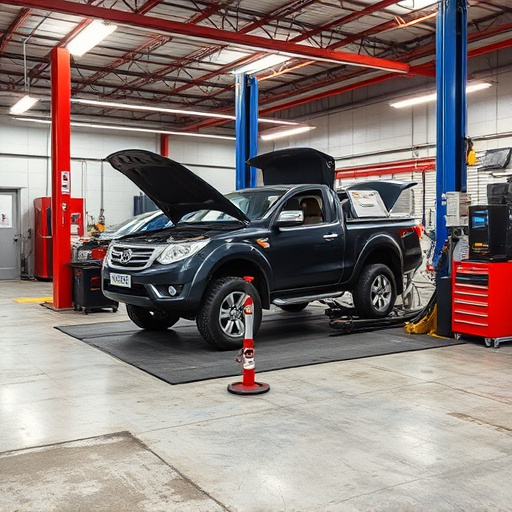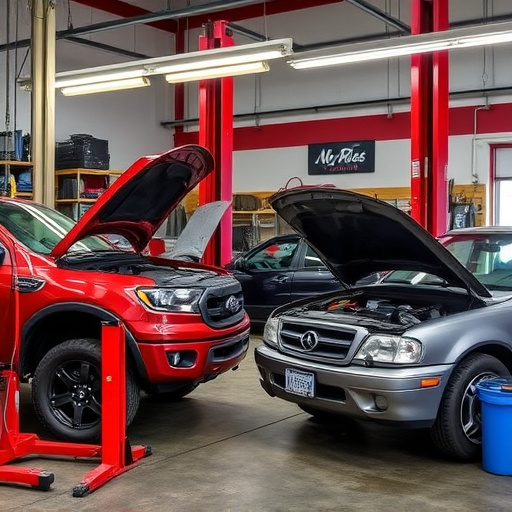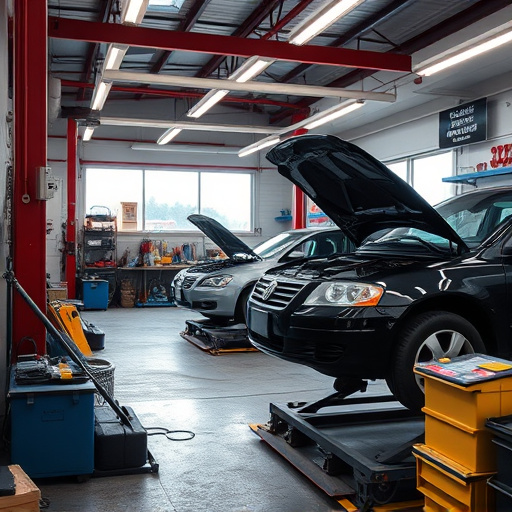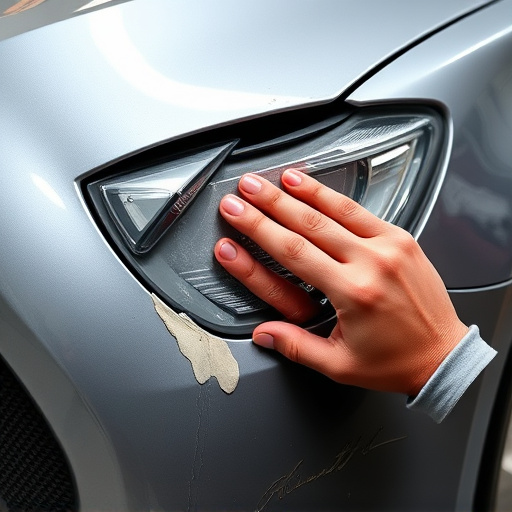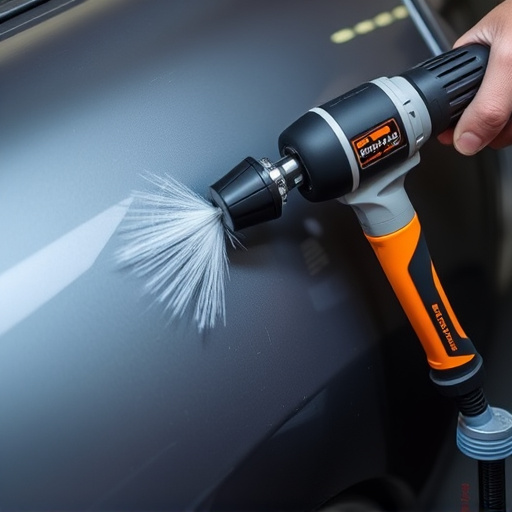Mercedes lane assist recalibration is crucial for maintaining vehicle safety and performance. Over time, environmental factors can affect sensor reliability, leading to potential malfunctions. Regular recalibration ensures accurate lane-keeping, improves handling, enhances control, and prevents costly auto body repairs. At-home recalibration involves cleaning sensors and applying a solution, followed by testing. For persistent issues, consult the owner's manual or a professional mechanic.
Mercedes Lane Assist, a sophisticated driver assistance system, can benefit from periodic recalibration to ensure optimal performance. This process helps prevent potential malfunctions, enhancing safety while driving. By understanding and recalibrating your vehicle’s lane keeping system, you contribute to maintaining its accuracy and reliability. This article guides you through the essential steps involved in the safe recalibration of your Mercedes Lane Assist, offering a practical approach for car owners to take control of their vehicle’s technology.
- Understanding Mercedes Lane Assist Recalibration
- Benefits of Recalibrating Your Lane Keeping System
- Step-by-Step Guide to Safe Recalibration Process
Understanding Mercedes Lane Assist Recalibration

Mercedes Lane Assist Recalibration is a crucial process that involves adjusting and realigning the vehicle’s sensor data to ensure optimal performance of its lane-keeping system. This advanced technology, found in many modern Mercedes vehicles, uses cameras and sensors to monitor road markings and help steer the car back onto the correct path if it detects drift or deviation from the lane. Over time, these sensors can become less accurate due to factors like dirt, debris, or wear, leading to potential safety risks.
Recalibration involves sending a signal to the system’s computer module, often done through specialized equipment at an auto repair shop or collision repair shop. This process refreshes and updates the sensor data, ensuring the lane-keeping assist functions accurately. It’s recommended that owners have this service performed regularly, especially if they drive in areas with frequent changes in road conditions or weather patterns, as it plays a vital role in maintaining vehicle safety and the integrity of auto body repair when necessary.
Benefits of Recalibrating Your Lane Keeping System
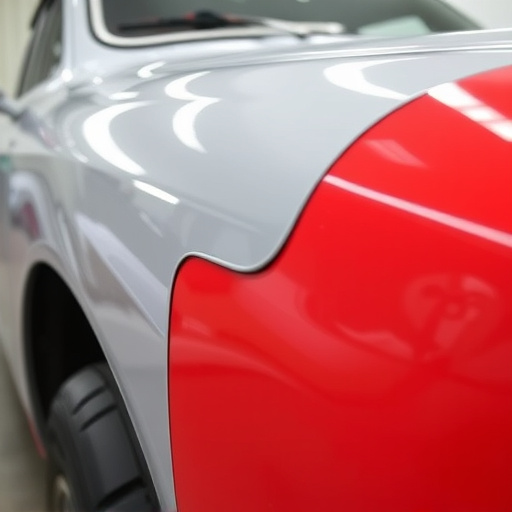
Recalibrating your Mercedes lane keeping system is a crucial step in maintaining optimal vehicle performance and safety. Over time, various factors can influence the accuracy of this advanced technology, leading to potential malfunctions. A proper recalibration ensures that the system aligns with the car’s dynamics, including wheel alignment, tire pressure, and suspension condition. This process helps prevent unexpected behavior, such as incorrect steering interventions or false alerts, enhancing your driving experience.
Benefits extend beyond preventing system glitches. Regular recalibration contributes to improved fuel efficiency, smoother handling, and better overall control, especially during challenging road conditions. For classic car enthusiasts or those invested in vehicle dent repair and restoration, keeping these systems maintained is essential. By addressing any drift or deviation from the ideal lane path, you reduce the risk of costly damage, whether it’s a minor fender bender or a more significant collision, ensuring your vehicle remains in top condition like a meticulously restored classic car.
Step-by-Step Guide to Safe Recalibration Process

Recalibrating your Mercedes lane assist system is a straightforward process that can be completed at home, ensuring optimal performance and preventing potential malfunctions. Here’s a step-by-step guide to help you through the safe recalibration procedure.
First, ensure your vehicle is parked in a secure, open area, away from traffic and other hazards. Next, locate the lane departure warning (LDW) sensor, usually found near the windshield or on the side mirrors. Clean the sensors gently with a soft cloth to remove any dirt or debris that could interfere with their function. Once clean, apply the recalibration solution provided by Mercedes (or an authorized supplier) to the sensors using the included tools. Allow the solution to dry completely according to the manufacturer’s instructions. During this time, avoid driving the vehicle to prevent any unwanted activation of the system. After drying, test the recalibration by driving through curves and lanes at varying speeds; your vehicle should respond accurately without false alarms or warnings. If any issues persist, refer to the detailed Mercedes owner’s manual for further troubleshooting tips, which may include contact with a professional mechanic for complex cases, such as those involving auto painting or hail damage repair.
Mercedes lane assist recalibration is a vital step in maintaining your vehicle’s safety features. By realigning the Lane Keeping System, you can prevent potential malfunctions and ensure optimal performance. Regular recalibration, especially after certain events like an accident or significant road trips, helps keep you and other drivers safe on the road. Follow the simple, step-by-step guide provided to safely recalibrate your Mercedes lane assist system.




